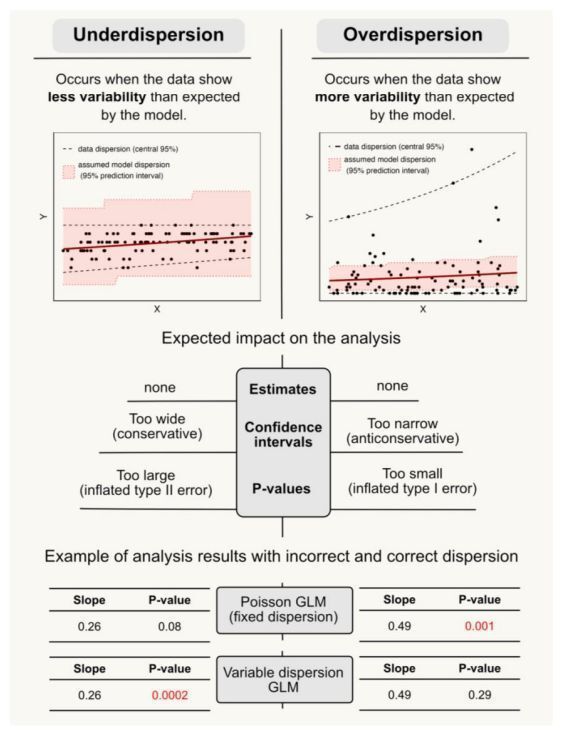
Cooperation | Sociality | Sexual selection | Theoretical and empirical research
https://irenegarciaruiz.com/
I’ve been sick after a period of intense work but on the other hand I was able to slow down and draw something fun & relaxing… hope you folks enjoy it too!

I’ve been sick after a period of intense work but on the other hand I was able to slow down and draw something fun & relaxing… hope you folks enjoy it too!
Topic: Social monitoring & manipulation
UK-domiciled black-heritage scheme: tinyurl.com/aja54nr6
NERC DLTP: tinyurl.com/4jfy47pp
Cosupervisors: #PatrickKennedy @ljnbrent.bsky.social
@bristolbiosci.bsky.social
#bioacoustics #mammals #fieldwork



Topic: Social monitoring & manipulation
UK-domiciled black-heritage scheme: tinyurl.com/aja54nr6
NERC DLTP: tinyurl.com/4jfy47pp
Cosupervisors: #PatrickKennedy @ljnbrent.bsky.social
@bristolbiosci.bsky.social
#bioacoustics #mammals #fieldwork



doi.org/10.32942/X23...

doi.org/10.32942/X23...


The ability to mimic sounds could be extremely common among corvids. Here, it has been found in 39 species (30%), but it is predicted that it could be present in around 82% of them.
(paper) link.springer.com/article/10.1...


Please share widely!
#QueerInSTEM #DisabledInSTEM #BlackInSTEM #WomenInSTEM #CarersInSTEM #AcademicSky #HigherED
Please share widely!
#QueerInSTEM #DisabledInSTEM #BlackInSTEM #WomenInSTEM #CarersInSTEM #AcademicSky #HigherED

Learn more on #WorldAnimalDay: https://scim.ag/42nMvQJ
Learn more on #WorldAnimalDay: https://scim.ag/42nMvQJ
go.nature.com/4ngrUpa

go.nature.com/4ngrUpa

www.science.org/doi/10.1126/...

🧬How does parental ageing shape the next generation?🐾
Find out by studying meerkats!
🧪Epigenetic clocks
✨Bioinformatics
📊Long-term data
🌍Kalahari fieldwork
💡Big evolutionary questions
Get in touch or APPLY NOW
Please share!
www.uea.ac.uk/course/phd-d...

🧬How does parental ageing shape the next generation?🐾
Find out by studying meerkats!
🧪Epigenetic clocks
✨Bioinformatics
📊Long-term data
🌍Kalahari fieldwork
💡Big evolutionary questions
Get in touch or APPLY NOW
Please share!
www.uea.ac.uk/course/phd-d...
10 YEAR OLD ME IS LOSING HER MIND (a thread 🧵)
10 YEAR OLD ME IS LOSING HER MIND (a thread 🧵)
In our new @cp-trendsecolevo.bsky.social paper, we outline testable predictions for why relationship quality and quantity adaptively vary across socio-ecological contexts.
tinyurl.com/55dnkeh7

In our new @cp-trendsecolevo.bsky.social paper, we outline testable predictions for why relationship quality and quantity adaptively vary across socio-ecological contexts.
tinyurl.com/55dnkeh7
📢 Fully funded #PhD for UK-domiciled Black heritage candidates
🐵 Biological market monitoring & manipulation in social animals #mongooses #macaques #fieldwork
👥 With me, #LaurenBrent & #PatrickKennedy
🎓 @bristolbiosci.bsky.social
ℹ️ www.findaphd.com/phds/project...
🙏Share widely



📢 Fully funded #PhD for UK-domiciled Black heritage candidates
🐵 Biological market monitoring & manipulation in social animals #mongooses #macaques #fieldwork
👥 With me, #LaurenBrent & #PatrickKennedy
🎓 @bristolbiosci.bsky.social
ℹ️ www.findaphd.com/phds/project...
🙏Share widely


